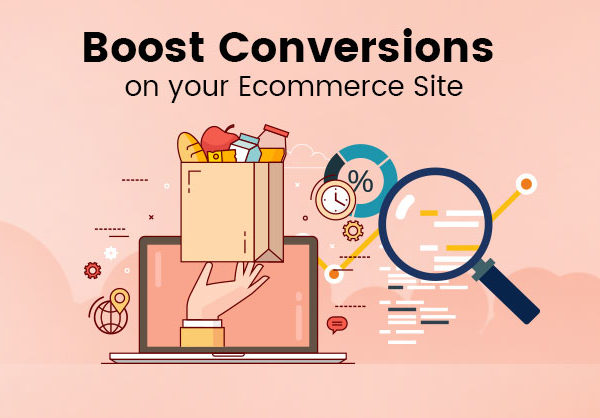How to Create a Landing Page in WordPress?

How to Create a Landing Page in WordPress?
The name landing page is basically meant to represent a scenario in which the visitor comes to your WordPress website and lands on that specific page – effectively making it the entry point to your website.
Now, what landing pages in WordPress are about is grabbing the visitor and convincing them to take care of a given predefined action. In most cases, this is about getting them to subscribe to an email list, click a specific link/button, buy a product, or perform some kind of social-media-related activity (like clicking the re-tweet button).
In other words, the goal here is to take that new visitor and immediately put them through some marketing process on your WordPress site, as opposed to letting them wander around, looking for something to do.
So what makes landing pages on WordPress special?
Of course, you don’t actually need something like a landing page to try convincing your visitors to take some specific action. You can do so from any kind of page that can be built inside the WordPress platform or even from the homepage of the site itself. However, the difference here is that a landing page (when executed properly) will always bring better results, due to its single-purpose nature, as opposed to a standard homepage which is usually built in a way that tries to present a load of different things and information. The most interesting thing about landing pages is their design. Most landing pages in WordPress, at least in a way that they’re implemented these days, are very minimalistic. They are usually built entirely separately from the rest of the site and retain very little of the site’s original design. In short, every element that appears on a landing page should reinforce the main goal of the page (getting the visitor to take a specific action), and everything else should be erased. So in summary, the elements that make a good landing page in WordPress, and also the elements that we’ll focus on in this post are:- Simple structure with minimal design.
- No sidebars. Sidebars make the design distracting.
- No footer.
- Minimal header. So the visitor can get straight to the copy.
- If you’re going to use a logo, make it un-clickable.
Method #1: The obvious one – plugins
There’s a plugin for everything these days and landing pages in WordPress are no exception here. If you want a quick way of building landing pages in WordPress, and you don’t care that much about optimizing code at the moment, then plugins are where you should go. That being said, there’s not much free stuff available out there. I mean, sure there are some plugins in the official directory, but you will quickly find out that they are either very limited in terms of features or even that there’s almost nothing available for free and that you have to do some kind of an in-plugin purchase (I guess that’s a thing now) in order to get the actual features. Anyway, the only free and functional plugin I could find is WordPress Landing Pages. It’s quite easy to use and has all the basic features you’d need to start building landing pages in WordPress.Method #2: Drag and drop theme builders
The whole idea of constructing a landing page on a WordPress site is to make it different from all the other pages. But the problem with most WordPress themes is that they are quite limited in terms of what you can and cannot do with the design. For instance, every theme will allow you to place whatever you want inside the main content block of a page template. However, if you want to do something outside of this area, well, bad luck. So what’s different about drag and drop builders that are integrated into some of the more developed themes out there is that you can basically do whatever you wish with any page’s design, and this sort of customization is available through a very easy to use interface. In a nutshell, the advice is this, if you’re working on a site that you know is going to require a handful of landing page templates for WordPress to be created along with the main design, consider switching to a drag and drop builder altogether. It will likely make your work a lot faster.Method #3: LeadPages
This is a paid solution
LeadPages has taken the online marketing landscape by storm! It’s a great tool for building quality landing pages, integrating them with opt-in forms, and dozens of other things to make your WordPress site landing page friendly. The plans start at $25 per month. I’m listing it here because it’s a remarkably easy-to-use tool. So if you’d rather invest your money instead of your time, LeadPages is the solution for you.




